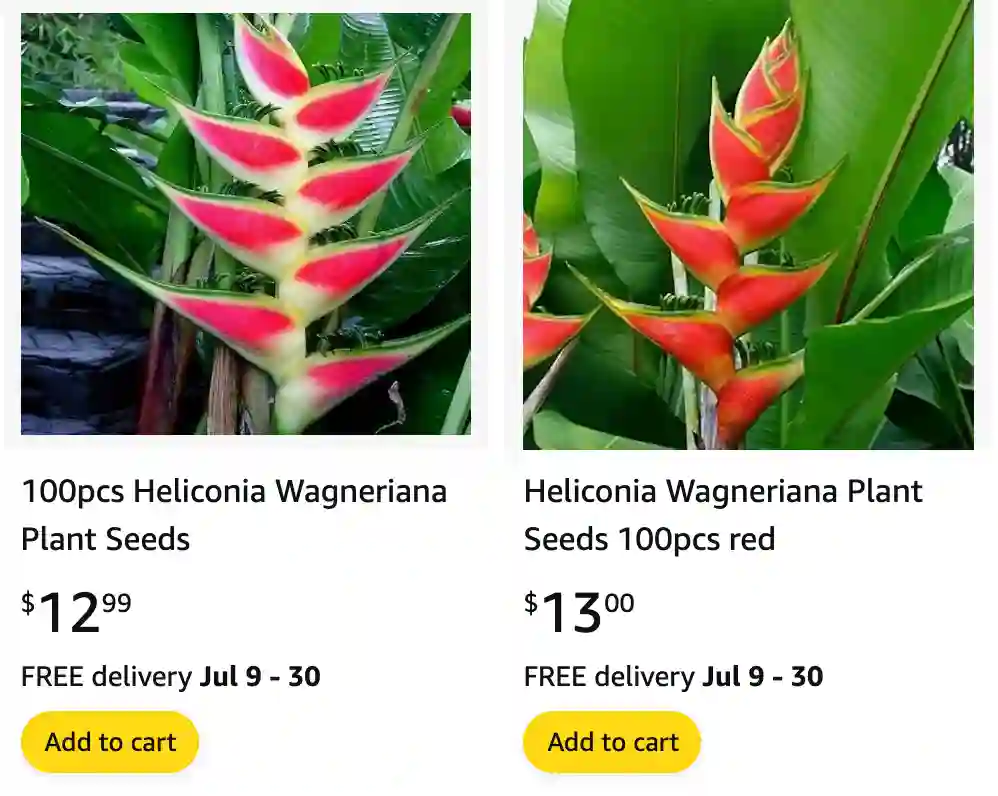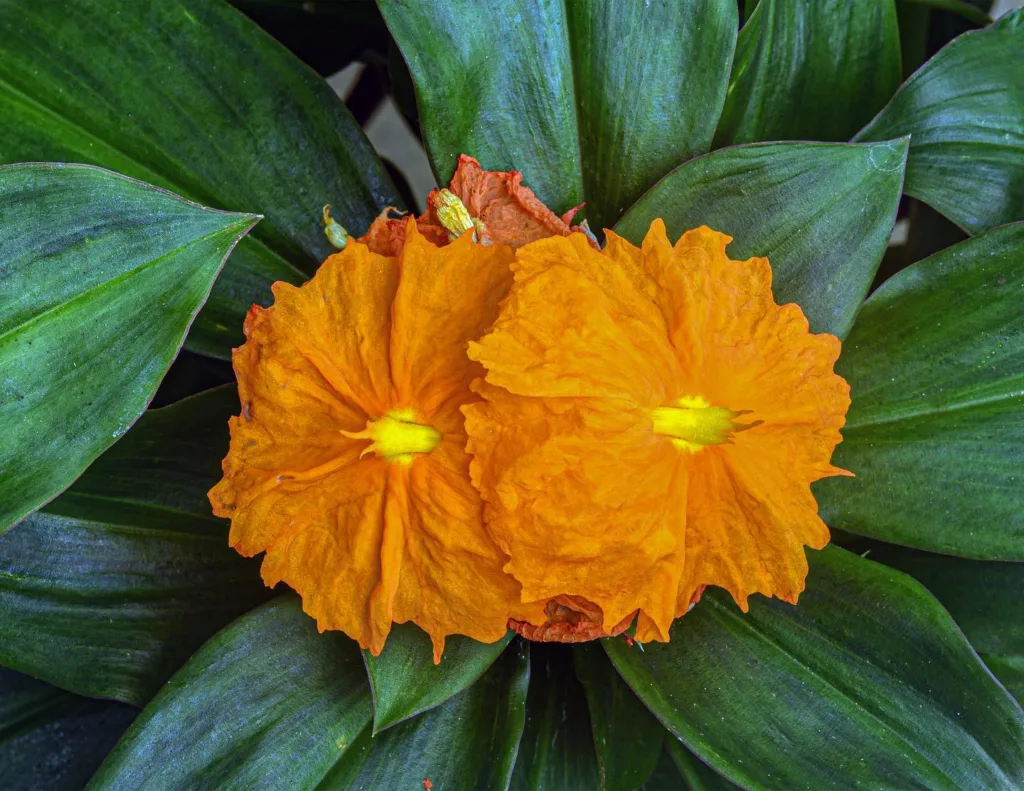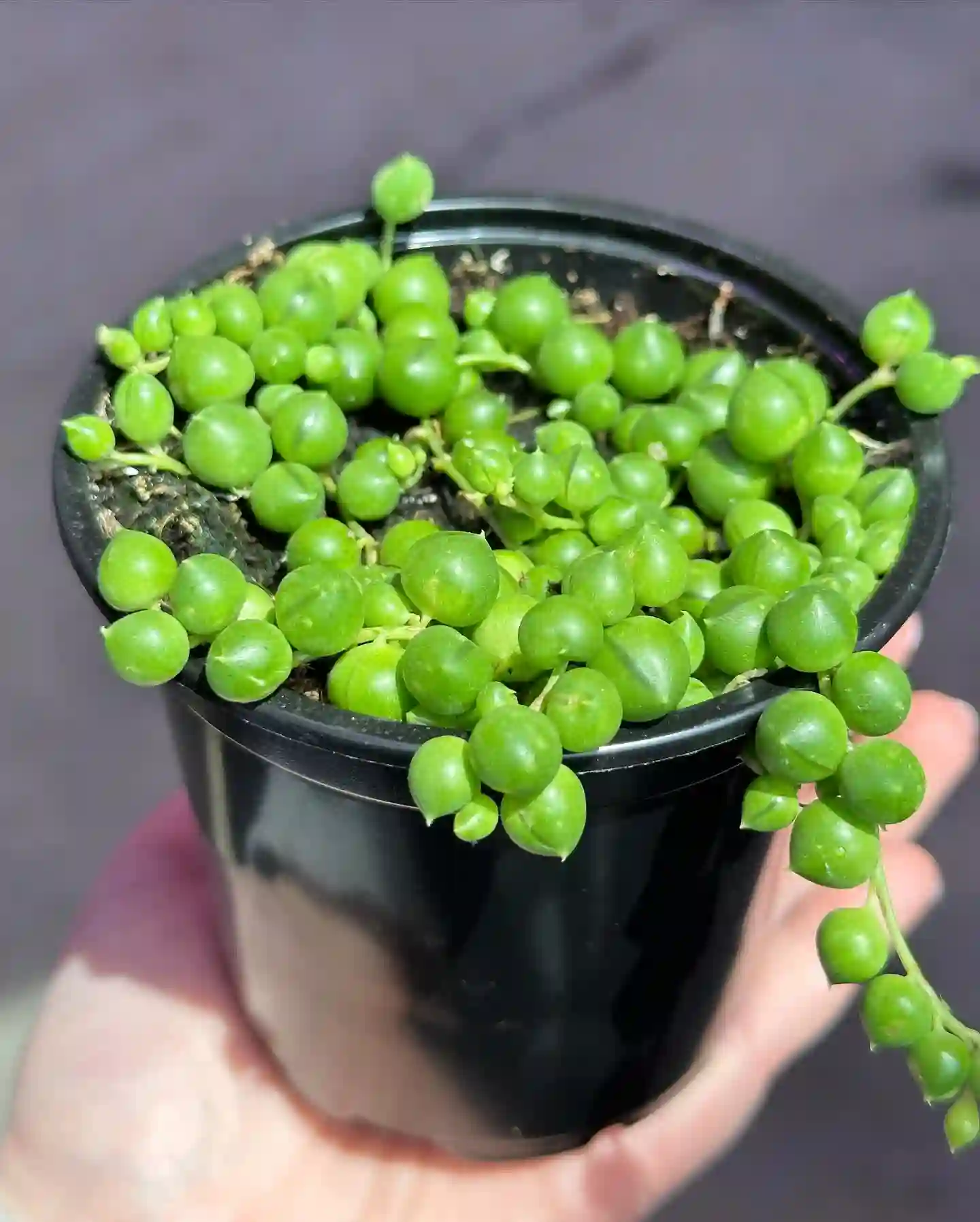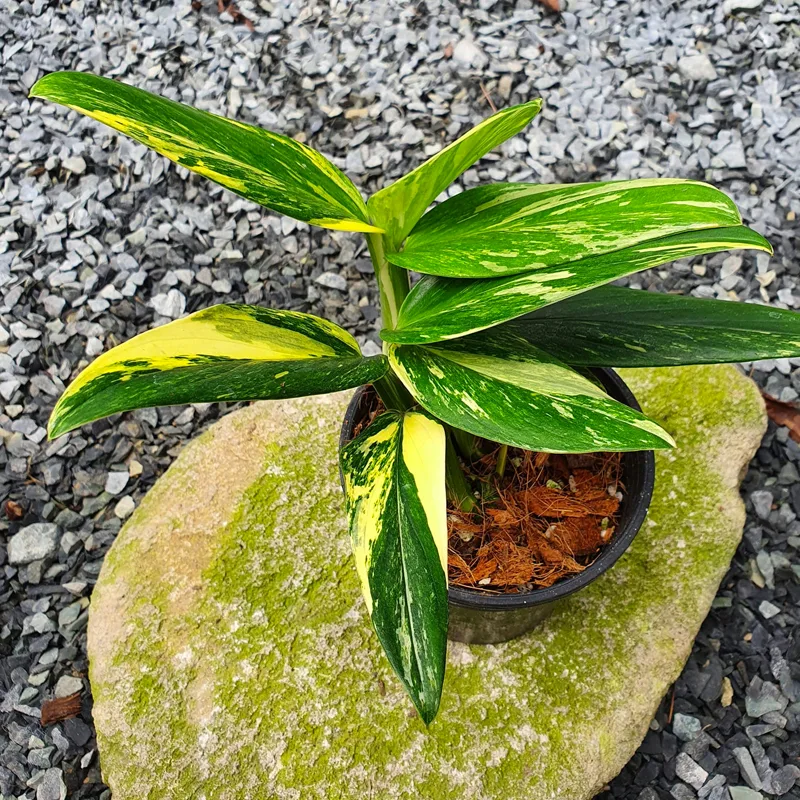
Heliconia Wagneriana: The Alluring Lobster Claw Flower
For those drawn to the exotic and captivating, the Heliconia Wagneriana, also known as the Lobster Claw, is a plant that ignites curiosity. Its fiery blooms and unique claw-like bracts make it a standout, but caring for this tropical beauty can raise questions.
Here, I, Ferb Vu, answer some of the most common inquiries about the Heliconia Wagneriana.
Plant Family: Heliconiaceae – 203 Species in Genus Heliconia
What is a Heliconia Wagneriana?
The Heliconia Wagneriana is a flowering plant belonging to the Heliconiaceae family. It’s native to the tropical rainforests of South America, thriving in the warm, humid conditions. This ginger relative is prized for its stunning appearance.
What makes the Heliconia Wagneriana special?
The Heliconia Wagneriana boasts a unique flower structure. Unlike typical flowers, its most vibrant parts are not petals but modified bracts. These bracts, resembling lobster claws, come in fiery shades of orange and red, tipped with yellow. True petals, nestled within the bracts, are smaller and inconspicuous, often yellow or green.
This captivating combination of color and form makes the Heliconia Wagneriana a popular choice for:
- Landscaping: It adds a vibrant touch to gardens in tropical and subtropical regions.
- Cut Flowers: Its bold colors and long-lasting blooms make it a favorite for exotic arrangements.
How do I care for a Heliconia Wagneriana?
While captivating, the Heliconia Wagneriana requires specific care to flourish. Here’s a breakdown of its needs:
- Light: It thrives in bright, indirect sunlight. Avoid harsh midday sun, which can scorch the leaves.
- Temperature: Warmth is key. Maintain temperatures between 65-80°F (18-27°C). Protect it from frost.
- Water: Consistent moisture is crucial. Water deeply when the top inch of soil dries out, but avoid waterlogging.
- Humidity: Mimic its rainforest origins. Aim for high humidity levels (around 60-80%). Misting regularly or using a pebble tray can help.
- Soil: Well-draining, fertile potting mix is ideal. Aroid mix or a blend for epiphytes (air plants) works well.
- Fertilizer: Apply a balanced fertilizer diluted to half strength during the growing season (spring and summer).
Can I grow Heliconia Wagneriana indoors?
Absolutely! This beauty can thrive indoors as long as you provide the right conditions. Here are some tips:
- Placement: Choose a bright spot with indirect sunlight, like near a south-facing window with sheer curtains.
- Humidity: Group the plant with others to increase humidity or use a humidifier. Pebble trays can also help.
- Temperature: Maintain consistent warmth. Avoid placing it near drafts or air conditioning vents.
How often does the Heliconia Wagneriana flower?
The Heliconia Wagneriana can flower throughout the year under ideal conditions. However, it typically produces the most blooms during the warmer months (spring and summer).
How long do Heliconia Wagneriana flowers last?
The good news? The Heliconia Wagneriana boasts impressive flower longevity. Individual blooms can last for several weeks, with proper care.
Heliconia Wagneriana vs. Heliconia Rostrata
Both Heliconia Wagneriana and Heliconia Rostrata are known as Lobster Claw Heliconias. However, they have some key differences:
- Size: Heliconia Wagneriana is generally smaller, reaching 2-4 feet (0.6-1.2 meters) in height. Heliconia Rostrata can grow taller, up to 6-8 feet (1.8-2.4 meters).
- Flower Color: Heliconia Wagneriana typically has orange and red bracts with yellow tips. Heliconia Rostrata often displays red and yellow bracts.
- Leaf Shape: Heliconia Wagneriana has wider, more elliptical leaves. Heliconia Rostrata’s leaves are narrower and more lance-shaped.
Heliconia Wagneriana vs. Bird of Paradise: Can they be grown together?
While both Heliconia Wagneriana and Bird of Paradise (Strelitzia reginae) are tropical plants, they have slightly different needs.
- Light: Heliconia Wagneriana prefers indirect sunlight, while Bird of Paradise can tolerate more direct sun.
- Water: Heliconia Wagneriana requires consistently moist soil. Bird of Paradise prefers to dry out slightly between waterings.
While they may not be ideal companions in the same pot, you can grow them successfully side-by-side in containers as long as you cater to their individual needs. Here are some tips:
- Larger pots: Use separate, spacious pots to allow for root growth and independent watering schedules.
- Grouping strategically: Place the Bird of Paradise in a spot with more direct sun and the Heliconia Wagneriana in a location with filtered light.
- Monitoring closely: Pay close attention to the moisture levels of each plant and adjust watering accordingly.
Is Heliconia Wagneriana toxic to pets?
Unfortunately, Heliconia Wagneriana, like many other members of the Heliconiaceae family, is considered mildly toxic to pets and humans if ingested. The culprit is a group of compounds called calcium oxalates, which can cause irritation in the mouth, throat, and stomach.
If you have pets or small children, it’s best to place your Heliconia Wagneriana in a location out of reach.
Conclusion
The Heliconia Wagneriana is a captivating plant with exotic flair. By understanding its specific needs and providing the right care, you can cultivate this tropical beauty and enjoy its fiery blooms for years to come.
Remember: Consistent warmth, bright indirect light, and high humidity are key to its success. With a little effort, you can create a slice of the tropics right in your own home.
If i die, water my plants!



